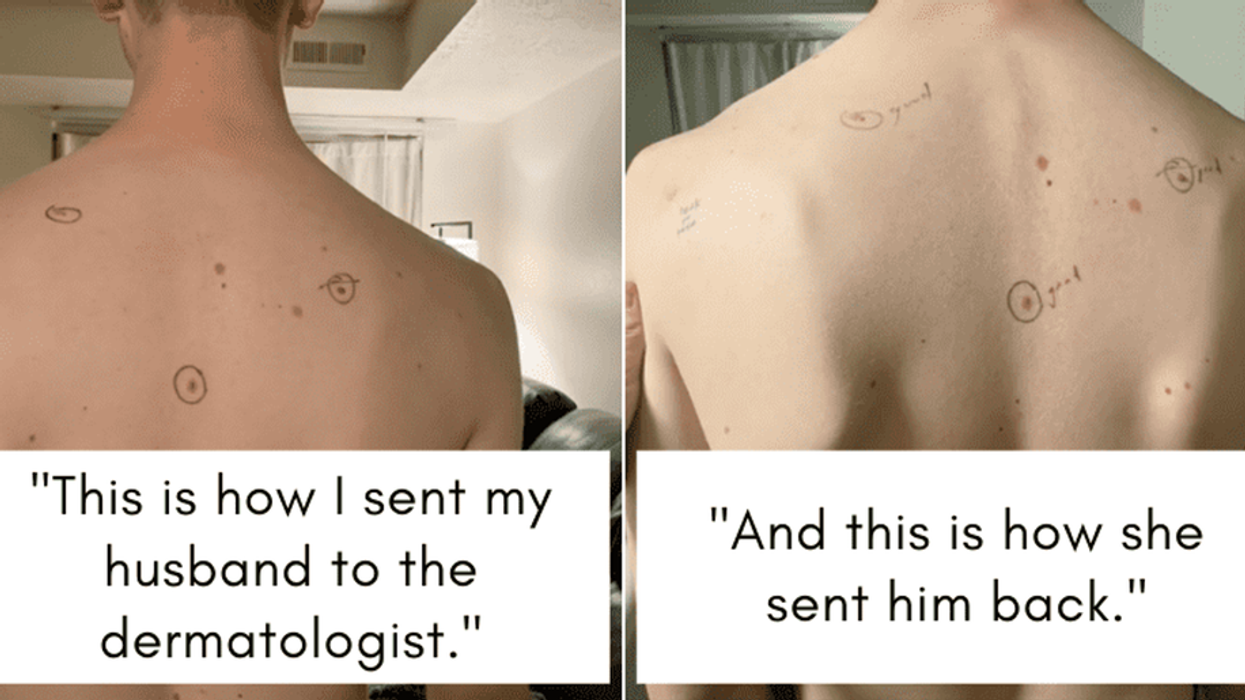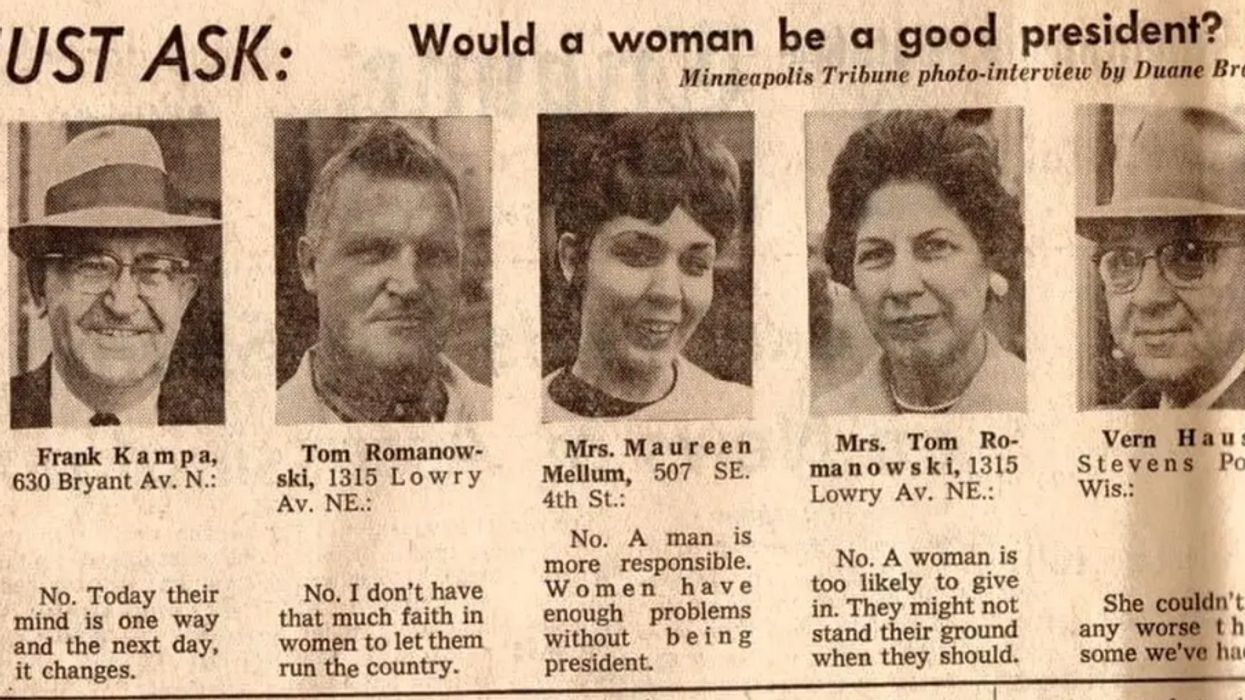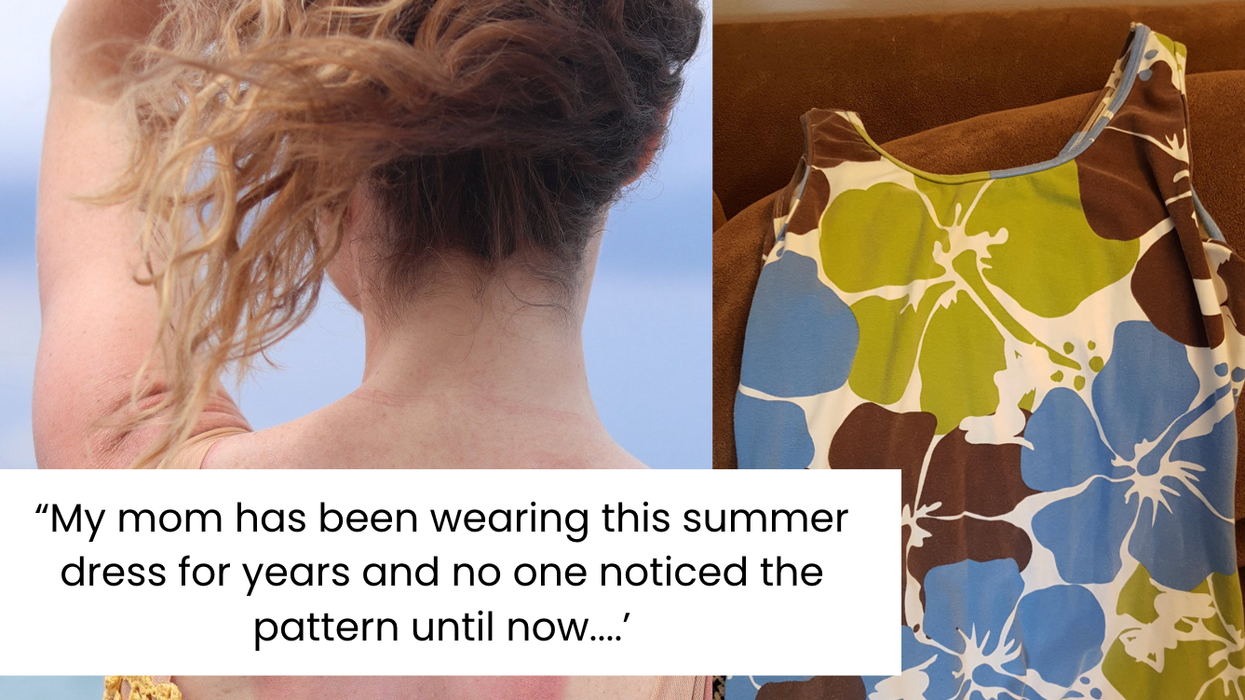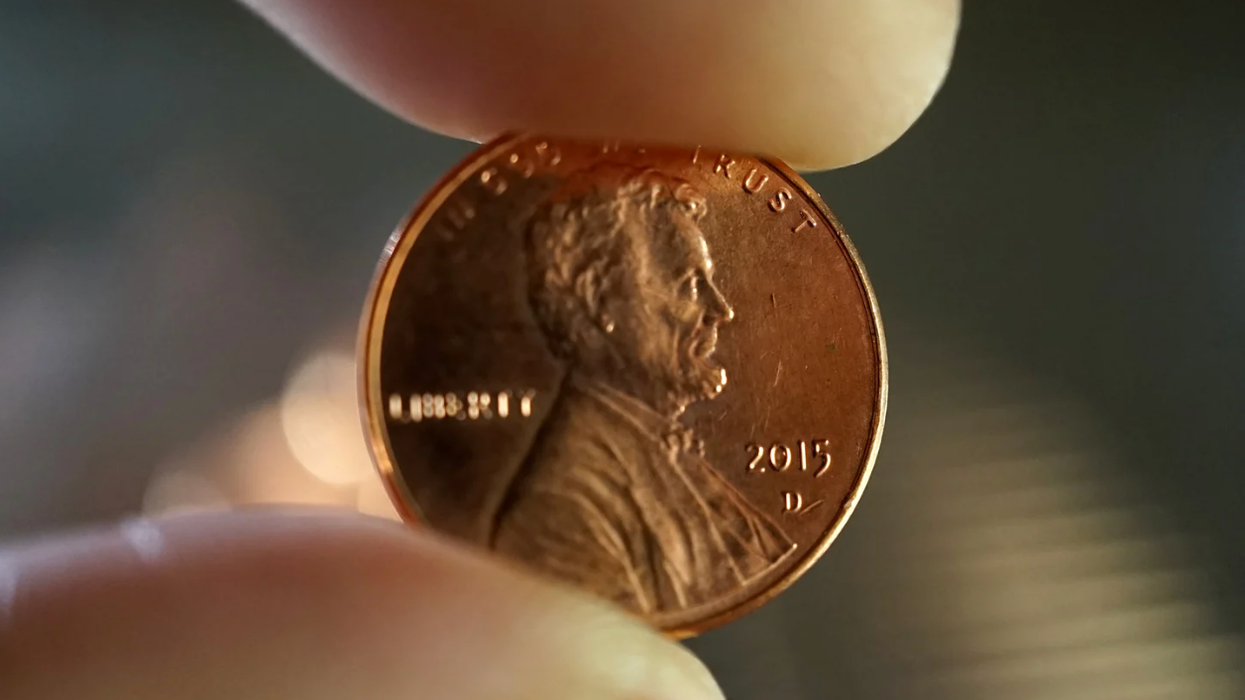Los Angeles-based artists Penelope Gazin and Kate Dwyer cobbled together a few thousand dollars over a year ago to create an e-commerce site that’s an edgy alternative to Etsy. Their vision was Witchsy, a marketplace for dark-humored art, pins, patches, homemade crafts, books, and knickknacks from their favorite artists. But in the beginning, gaining traction in the business world was tough because no one took the female entrepreneurs seriously.
“When we were getting started, we were immediately faced with ‘Are you sure? Does this sound like a good idea?’” Dwyer told Fast Company. “I think because we’re young women, a lot of people looked at what we were doing like, ‘What a cute hobby!’ or ‘That’s a cute idea.’” They also had a hard time being taken seriously by the male developers and graphic designers they hired to create the site.
To get the respect they deserve, Gazin and Dwyer hired a new employee they hoped would be treated differently: a guy named Keith Mann. When Mann emailed vendors or potential investors, the response he received was completely different. “It was like night and day,” Dwyer said. “It would take me days to get a response, but Keith could not only get a response and a status update, but also be asked if he wanted anything else or if there was anything else that Keith needed help with.”
Well, they didn’t actually hire Mann. They made him up.
A year later, Witchsy has sold around $200,000 in merchandise, of which Gazin and Dwyer earn about 80% from each transaction. Given their success, the two were able to fire Mann, although they reserve the right to rehire him any time a sexist situation arises. It’s a sad state of affairs when women are forced to pretend to be men just to earn respect, but they’re far from the first to resort to the tactic.
Female authors often used male pen names in the 19th century because publishing a book by a woman was unthinkable. Charlotte Brontë used the name Currer Bell when publishing her first works, including “Jane Eyre.” Even one of the most famous novelists of our time, J.K. Rowling, uses a pen name to make her gender less obvious. Rowling’s publisher knew her “Harry Potter” books would appeal to young boys, so she was credited with her initials instead of her first name, Joanne. Rowling doesn’t have a middle name, so she used her mother’s name, Kathleen, for her second initial.























